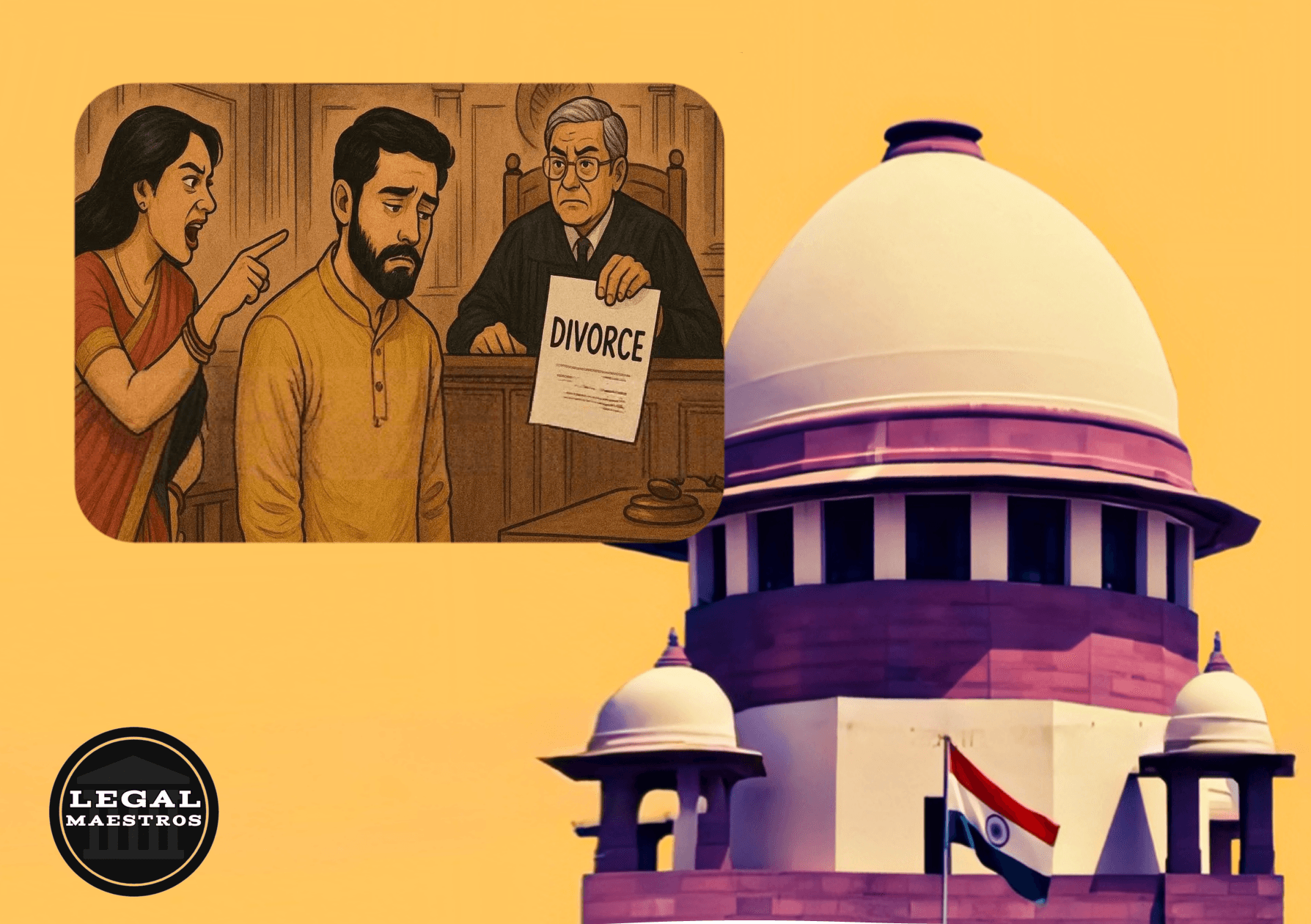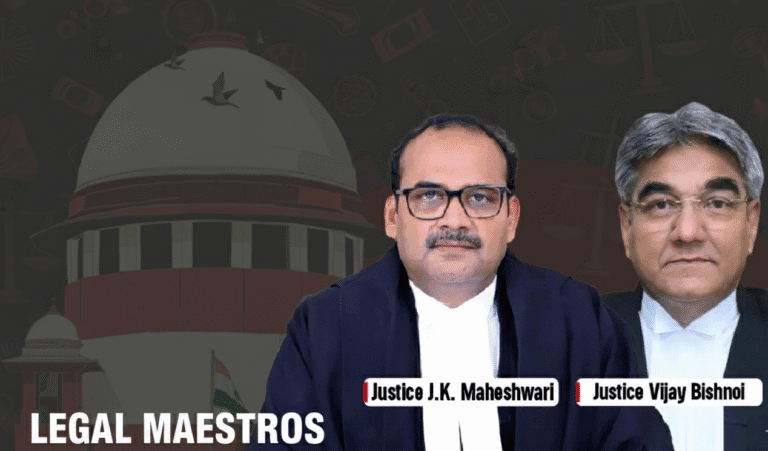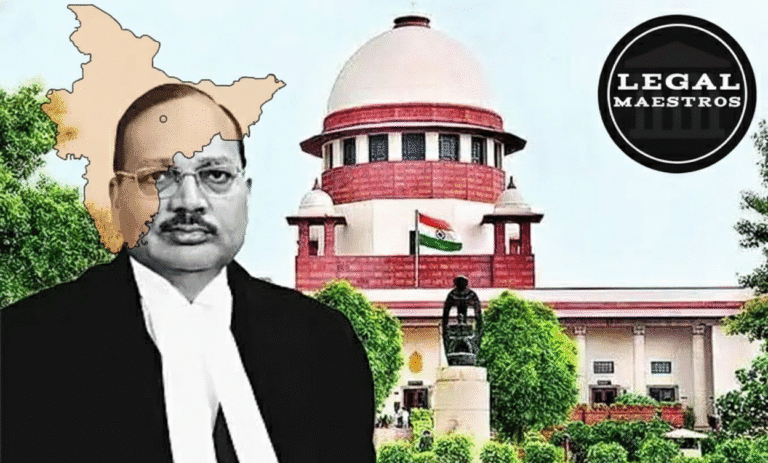
Recently and in an area of brouhaha, the Supreme Court of India has proffered a legal end to a controversial divorce case, and this case is really significant in providing an understanding of the principles of alimony and property settlement. The case was about a woman who had asked her divorced husband a princely sum of 12 crores and the custom-made car! But in a move that signifies the modern trend in the law the Supreme Court allowed the matter to rest with it granting her a flat in Mumbai with a value of 4 crore rupees thus dismissing her outlandish claims. This paper will deconstruct the legal and a more socio-legal rationale behind this milestone decision into simple and easy words.
Case Background
The couple was both in their second marriage in the case. The marriage that had existed somewhat over a year and a half was a complete breakdown, which resulted in legal hardships lasting eight years long. Wife is an educated and professionally qualified woman with an experience of working at engineering and management; she had sought a lump-sum alimony of 12 crore, in addition to a BMW car. According to her, she made the demand basing on the profile of her husband on a professional networking site that she stated indicated that his salary was very high.
The husband on the contrary insisted that her demands were too demanding particularly at a time when he was unemployed. He proposed to buy out a flat in an upmarket locality in Mumbai in full and final settlement.
For any queries or to publish an article or post or advertisement on our platform, do call at +91 6377460764 or email us at contact@legalmaestros.com.
The Important Legal Doctrines and the Decision of the Supreme Court
In passing the divorce decree and dissolving the marriage, the Supreme Court utilized its extraordinary powers under Article 142 of the Constitution to cover all the bases in settling all matters fairly. That boils down to the top legal highlights and what they may imply in the case of divorce in India:
- Alimony is Not Just the First Name of a Member of Parliament: The decision of the court made it evident that alimony is not a punishment to a spouse, whose money is given to ex-spouse, to give them an undecimal variation in finances. The alimony enforced is aimed at providing a moderate lifestyle to the spouse at the receiving end who is financially weaker. The criterion is usually compared to the lifestyle they had lived in the marital life but should be reasonable and equitable to the couple. In the latter, the opinion of the court was that the Mumbai flat was an adequate settlement given the fact that the husband is currently unemployed.
- Virtue of Earning Capacity: What was also vital in case was the profession and earning capacity of the wife. As it was noted by the Supreme Court, she could become financially independent since she was an engineer with a postgraduate master degree in management and had work experience. It is an important fact that demonstrates how a court can refuse to award a very large alimony to an educated and capable spouse who has an option to work. The decision of the court supports the argument that a person who is educated can not be unemployed by choice and in turn, claim exorbitant level of maintenance.
- Online Profiles vs. Real Evidence: Another strong stand that was taken by the court was in terms of the evidence provided. It entirely denied the use of the LinkedIn page of the husband by the wife to evidence that he has a high income. This points to the fact that a divorce settlement with regard to financial claims may have to be justified with actual factual evidence which can be verified like income tax returns, bank accounts, official documentation etc and may not go on the basis of information based on the internet.
- What Place Mutual Settlements: A prior agreement based on a mutual settlement was also mentioned in the judgment. The court observed that the wife had previously settled to receive the Mumbai flat on full and final settlement basis and her move to repeat the case with new and higher demands could not be affirmed due to lack of coercion symptoms. This underscores the fact that although courts can intervene, agreements mutually agreed and arrived at between parties in good faith are usually enforced and maybe a quicker method of resolving the various disputes.
- Property as a Kind of Alimony: The feature of this case is that the court awarding one-time settlement in the form of property instead of paying the expense on a monthly basis as a kind of alimony. This has been around since the courts have the discretion of determining whether one is best suited to pay an amount of money as a lump sum, pay an amount on a monthly basis or transfer some property as a form of alimony depending on the facts of the case. Rew-adorning the flat was a great asset to the wife who was given a good, fixed asset in the case, whose residential accommodation needs and in terms of finances, are taken care of.
- Dissolution On Irretrievable Breakdown Of Marriage: The invocation of the powers under Article 142 by the Supreme Court so as to dissolve the Annulment of the marriage on the reasons of irretrievable breakdown is also worth a mention. This doctrine is yet not a formal part of the Hindu marriage Act and enables the Supreme Court to give a divorce in a case where it is satisfied that marriage has broken down beyond repair that there is no avenue of reconciliation. This is the power that helps in the termination of a long protracted legal struggle by both sides.
What this Spells about the Future
Such a verdict is another landmark in the Indian family law. It provides a strong precedent and some major lessons:
- Judicial Discretion: Courts are greatly at liberty in determining the level and shape of the alimony taking into consideration the provisions of fairness and equity.
- Earning Capacity of Wife: The earning capacity of woman in terms of education and potential earning no longer are irrelevant factors taken into account by a court regarding alimony, whether she is actually in gainful employment or not.
- The Weight of Evidence: In the division of property and finances, anyone who requires the distribution of a financial asset should be able to generate specific evidence instead of assumptions and where there are profile pictures on the internet.
- Emphasis on Finality: One of the factors that give an emphasis of being final is way the court chose to end all the cases that were piled up between the two and cause no other challenges to be issued by any party on the matter which demonstrates a strong emphasis on making the issue end and leave these two individuals to resume their lives.
To sum up, this ruling made by the Supreme Court on awarding a Mumbai flat as alimony, but refusing it in terms of providing 12 crores, is a momentous case that takes into account the necessity to stabilize the financial position of an ex-spouse after a divorce with the issues of fairness, potential earning capabilities, and current financial state of a party. The development is one made by progressive steps to a more modern means of coming to a divorce settlement in India.
For any queries or to publish an article or post or advertisement on our platform, do call at +91 6377460764 or email us at contact@legalmaestros.com.





![JOB POST: Junior Associate at ASM Law Chambers, Jaipur [Freshers]](https://legalmaestros.com/wp-content/uploads/2025/11/Gemini_Generated_Image_8wrxer8wrxer8wrx-768x708.png)

